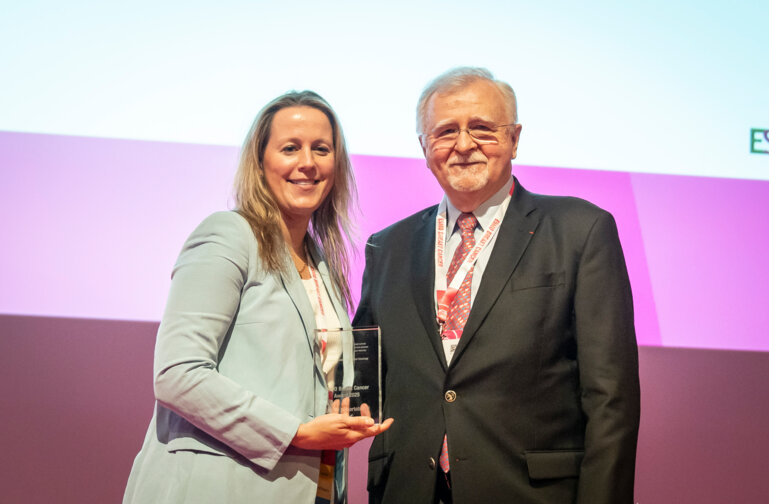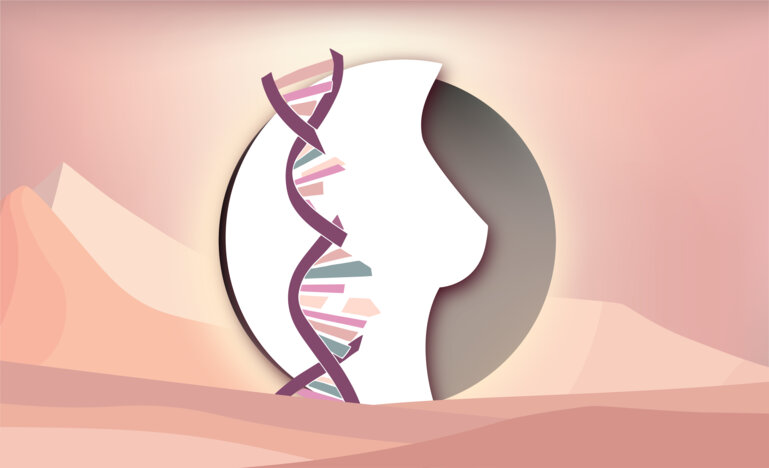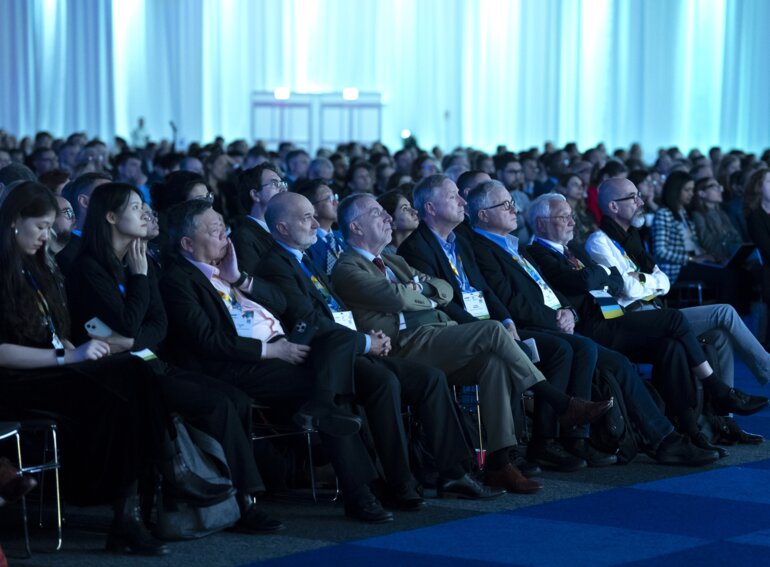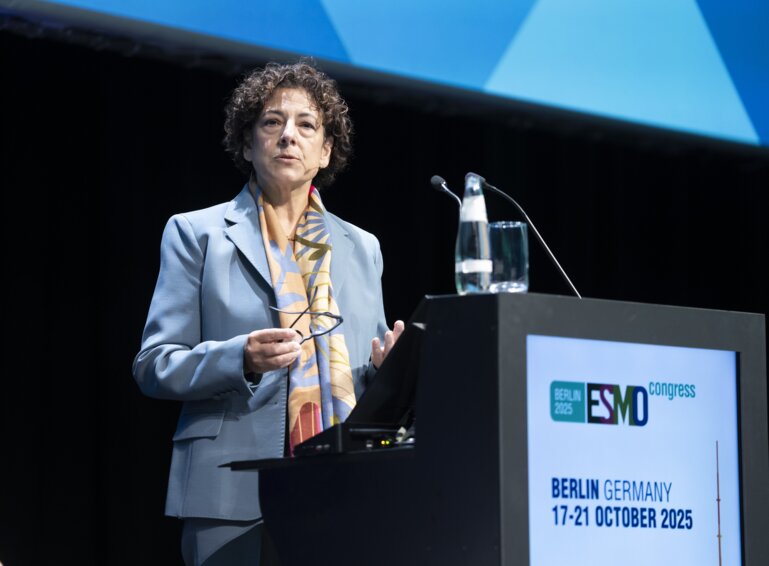The 2025 ESMO Breast Cancer Awardee highlights that participation in clinical trials and the contribution of patient advocates is as relevant as technology to progress cancer care further
With outstanding contributions to clinical and translational research, diagnosis and treatment, Gabriel Hortobagyi, Professor of Medicine from The University of Texas MD Anderson Cancer Center, USA, received the 2025 ESMO Breast Cancer Award in Munich, Germany. He was recognised for his key role in the development of patient-centred breast cancer care and neoadjuvant chemotherapy. During the Opening Session of ESMO Breast Cancer 2025 (Munich, 14–17 May), Hortobagyi gave a keynote lecture describing the long journey of targeted therapies for breast cancer.
What has been your contribution to the development of targeted treatments?
During the 1980s, there was a general belief that chemotherapy should be the major focus of research and that endocrine therapy had reached its peak in hormone receptor (HR)-positive breast cancer. I was involved with some exciting work relating to the existence of genomic abnormalities, including the phosphatidylinositol 3-kinase (PIK3CA) gene. Mutations were identified in ~40% of patients with HR-positive breast cancer and the PI3K pathway became a major therapeutic target (Semin Oncol. 2003;30(5 Suppl 16):93‒104). Simultaneously, we started some research involving the cell cycle (N Engl J Med. 2002;347:1566‒1575) and were involved in the development of multi-gene chips (DNA microarrays) to accelerate and expand the assessment of genomic abnormalities (Cancer. 2003;97:2960‒2971).
In the early 2000s, the first prototypes of PI3K- and cell cycle-directed therapeutics were developed. In the meantime, The Human Genome Project was completed, the technology for producing multi-gene chips now existed and multiple molecular subtypes of breast cancer had been identified (Proc Natl Acad Sci USA. 2001;98:10869‒10874; Clin Cancer Res. 2003;9:2406‒2415). As these various lines of research converged, this wealth of new information helped us to advance several novel agents, including everolimus, ribociclib and alpelisib, to clinical development. In early breast cancer, the CDK4/6 inhibitor ribociclib is now approved (with an aromatase inhibitor) for patients with HR-positive, HER2-negative disease at high risk of recurrence, and has contributed to the transformation of combined modality therapy.
What key challenges have been overcome to progress the field?
Until about 2010, it was considered dangerous and unjustified to take more than one biopsy from any patient. This made it difficult to access and test cancer samples to determine the presence of mutations and to study the evolution of those mutations over time. Today, multiple biopsies are the standard of care and are facilitated by non-invasive technologies such as liquid biopsy.
Advances in technology also determined that PI3K has multiple isoforms and only the alpha subunit is a beneficial target in breast cancer. The early PI3K-directed agents were not selective, resulting in more side effects than benefits, and until the development of an alpha-specific PI3K inhibitor, there was little progress in this area due to off-target toxicities.
We owe much of the progress to the hundreds of thousands of courageous patients who have enrolled in clinical trials and helped to change the treatment landscape. Previously, breast cancer research was limited by a lack of patient volunteers. Patient advocates and foundations have been extremely influential in encouraging patients to understand the value of participating in research.
What are your thoughts for the future of breast cancer research?
Technology has advanced to an incredible degree; the introduction of artificial intelligence-directed design for proteins and other targets will likely have a major impact on the development of new agents. An emphasis on patient participation in clinical trial design and recruitment will also be very important to accelerate this process.
While I am very proud of the remarkable progress that has been made during my lifetime, we should not overlook the ongoing issue of poverty in many regions of the world; this is a current and very great obstacle that prevents many patients from accessing quality care and diagnostics. Of the over 2 million women who develop breast cancer globally every year, the majority of deaths occur in developing regions where access to treatment is limited or non-existent. So, we need to find ways to lower the costs of everything we do and to make quality care available to all.
Programme details
Hortobagyi GN. Development of targeted therapies for HR+ breast cancer
ESMO Breast Cancer 2025 Award Lecture, 14.05.2025, h. 13:00 – 13:40, Room 14







